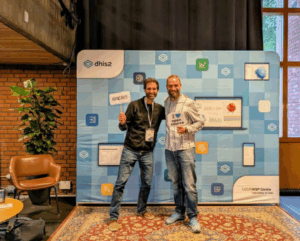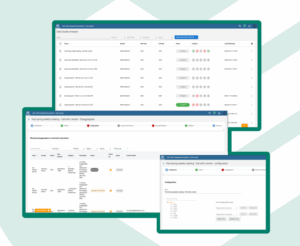Collecting health data in the field, coordinating the collection of this data at regional and national levels and then finding a way to integrate and analyze data from different countries is a huge challenge. At EyeSeeTea, we are proud to support a platform created to address these complexities: the WHO Integrated Data Platform, using DHIS2 as a key component of the solution.
The WHO Integrated Data Platform (WIDP) is a DHIS2-based web platform to collect, analyze and visualise health data from various WHO departments. One of its main objectives is to serve as a data integration platform for global data from all countries, where departments can analyze these data, perform the required quality checks and analyze them in order to extract useful information for the countries, especially in those issues for which an analysis from a global perspective is essential. WIDP can also support the countries health data systems if the country requires it.
Some of the functionalities are:
- data collecting forms and reporting tools so that countries can automatically submit data from their health information systems to WHO
- tools to import data from spreadsheets
- dashboards to visualize disease trends
- data export tools for input into statistical software analysis tools.
- data quality control tools to verify data before considering it for global trend analysis
Reports such as the Malaria Annual Report are produced through the data collected in this platform. Also, other platforms, such as the WHO Global Health Observatory, the NHWA data portal and the WHO Malaria Threat Map get data from WIDP.
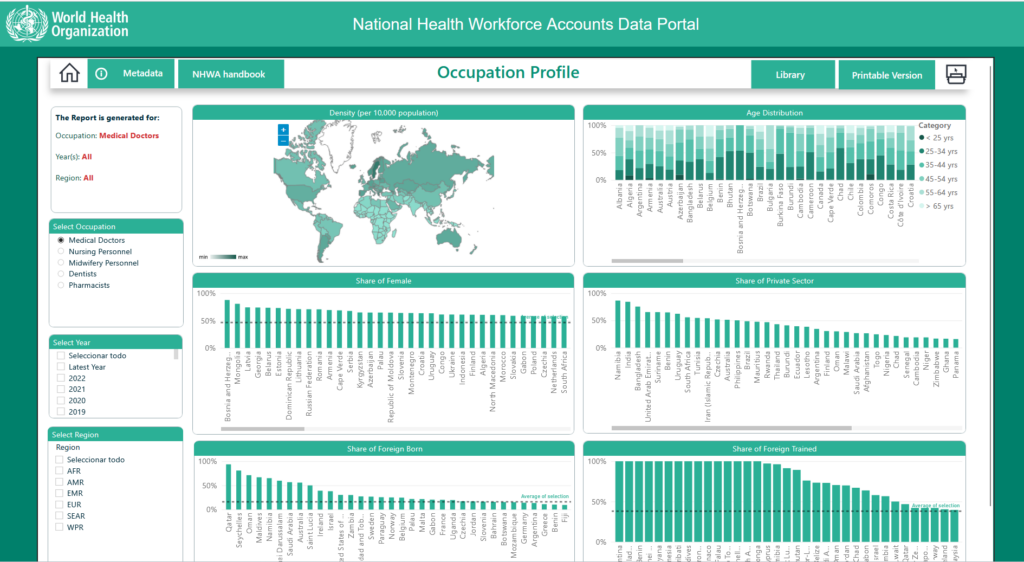
Several WHO departments are part of WIDP. They share costs, harmonize data collection standards and processes, learn from each other’s experience and build best practices together. Currently the WHO departments which are using this platform are:
- Global Malaria Programme (GMP), world malaria report, including non endemic countries
- Control of Neglected tropical diseases (NTD)
- Clinical Services and Systems (IHS)
- Health Work Force (HWF)
- WHO-BCN Office for Health Financing (WHO-BCN)
- Meningitis (MEN)
- Antimicrobial Resistance (AMR)
- Maternal, Newborn, Child and Adolescent Health and Ageing (MCA)
- Public Health and Social Measures (PHSM)
"The WIDP platform is a multi-departmental initiative where users combine their efforts, initiatives, and funds to build tools and processes that support their everyday work, ranging from data collection and approval workflows to data cleaning, validation, and reporting.”
Ryan Williams, Health Information Specialist, WHO Global Malaria Programme

What was the beginning of WIDP?
Everything started in 2014. Lise Grout, an epidemiologist, data manager and then M&E officer at WHO’s department of control of the Neglected Tropical Diseases (NTDs), was looking for a health information system to collect the data from 6 different NTDs. She had previous experience setting up information systems for other NGOs, sometimes from scratch, and knew how difficult it was to collect data in the field. In the case of these diseases it was particularly urgent to find and implement an information system, as this was another aspect of neglected diseases that was being neglected. Up until then, her colleagues just received the data through email and phone calls and collected the numbers through excel in a repository.
Lise Grout knew there were more efficient systems and started to look into different alternatives. Among them, DHIS2 was very mature and was already implemented in different countries in Africa. As Grout recalls: “it was an open source system, which was also a very good point, and it was easy to develop your own metadata to use it. It was important that it was simple to use and also simple for an epidemiologist to develop the metadata and data forms. Also, Ryan Williams from the Malaria department had already started using DHIS2. It looked really promising”. And the countries were already investing in DHIS2, creating the metadata, trainings… “so we could leverage this to put NTDs on the health information system. This was really an opportunity for us” explains Lise Grout.
WIDP is now the largest data collection platform within the WHO collecting data for more than 150 countries and several diseases
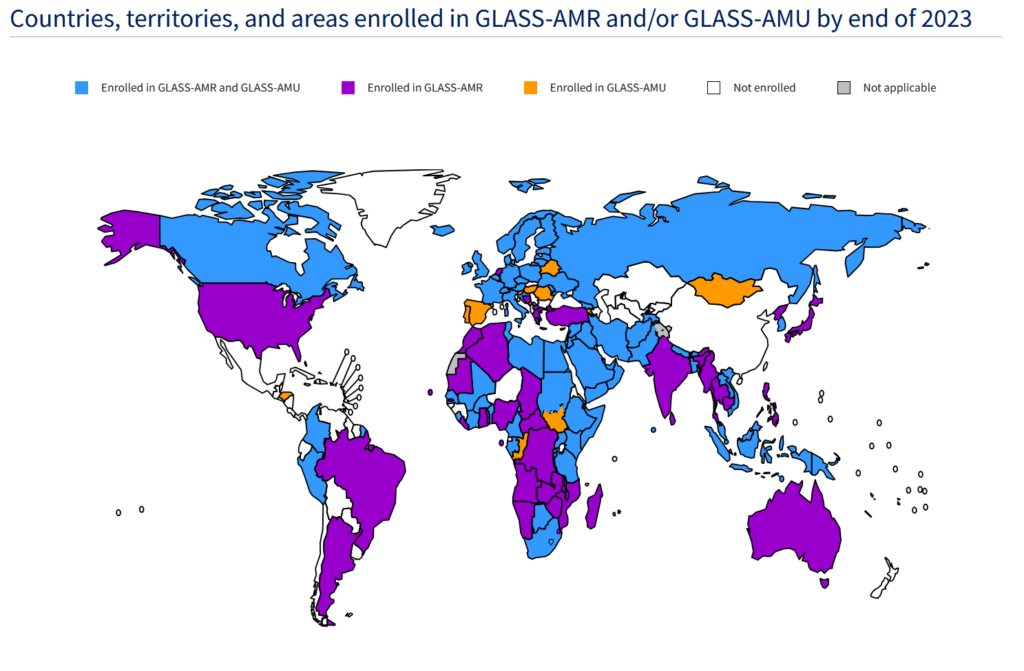
Back then, UPC was working for the Chagas health system and did an evaluation of DHIS2 and it was mostly positive. And so the NTDs department decided to go for it. A DHIS2 platform was developed for NTDs and it was hosted on the WHO servers. Lise’s vision was that the same tool could be used by more countries, diseases and departments, so DHIS2 could become an interdepartmental tool, something not common until then.
Nacho (Ignacio) Foche, EyeSeeTea’s director, remembers that “the WIDP architecture design by UPC was incredible. We saw the huge potential for the platform but also that in order to implement that design resources were needed. We were very lucky to be there almost from the start, at the right moment to establish the mechanisms and flows so that WIDP could be scalable and reliable: scripts to automate the processes, cloning schemes, reinforce security… We had been already working for some years with DHIS2 and could offer an expert vision to introduce the procedures and standardizations to comply with UPC’s designed architecture”
Nine years later, WIDP is now the largest DHIS2-based data collection platform within the WHO and the number of WHO departments is already nine, for several diseases and countries, as Lise Grout envisioned.

WIDP, designed and implemented to scale
Over the last couple of years, WIDP’s scalability has been put to the test and it has passed with flying colors. There are currently more than 10 million data values and one million events stored, 300,000 organizational units and 300 dashboards. Thousands of new events and data values are uploaded to the platform every week, and it keeps going up.
Another key factor in the success of WIDP has been its interoperability to improve the availability of data and its readiness for decision making:
- WIDP and other DHIS2 platforms: The Metadata sync App, one of the tools in the EyeSeeTea DHIS2 Suite, facilitates the sharing of data and metadata between different DHIS2 instances. It has proven to be key in supporting the WHO and Member States in sharing data. Metadata Sync makes time-consuming DHIS2 processes much faster and more efficient. EyeSeeTea’s Long-Term Agreement with WHO includes maintenance of this application, ensuring that it will always work with at least the newest version of WIDP.
- WIDP and Xmart: Xmart is a WHO database tool. We developed this tool to push country-validated data reported to WHO through WIDP into Xmart, allowing data to be streamlined across multiple WHO projects. It also allows countries to share data collected through their national DHIS2 platform directly to Xmart.

WIDP’s Impact
Lise Grout explains that there are a lot of challenges when you are collecting health data: “Every step is difficult starting at the field where you have a lot of quality data issues; then to send the data from the field, to centralize the data and to send the data to WHO”. So the vision from the beginning for WIDP was to “accompany the countries so we could improve quality of the data at every level: district, regional, national, so that they can improve the data quality and ease the flow because we will be using the same software, the same metadata from and even at real time if we would want to”. In this way it is not a burden anymore to get this data flowing and being able to make decisions. WIPD makes the reporting from the countries easier and it strengthens the health system at the same time at the country level and the global level.
Pedro Albajar, from the Chagas Unit, highlights WIDP as a key tool against this neglected disease: “WIDP is the result of a pioneering open source big data project, progressively developed with the invaluable collaboration of the Polytechnic University of Catalonia, EyeSeeTea and several other institutions and organizations. Its design helped to organize and systematize the variables and sources of information for monitoring one of the most neglected tropical diseases”.
Another huge impact of WIDP has been that for the first time several WHO departments have worked with the same data collection system. An audit commissioned by the infrastructure department in 2021 established which tools the organization should favor in order to avoid duplication and concentrate the budget on the most useful and it was clearly highlighted that the use of DHIS2 as a data collection tool was recommended. And as Nacho Foche says, “it has been so exciting to see DHIS2 use growing at WHO. WIDP’s success made others departments turn to DHIS2 so now it is the preferred data collection tool at WHO”
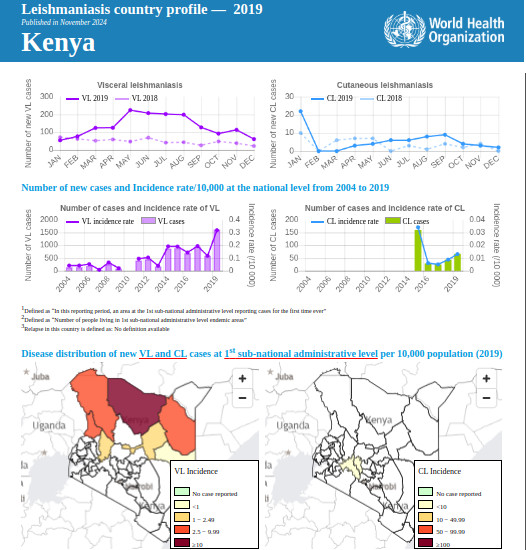
“WIDP is the result of a pioneering open source big data project, progressively developed with the invaluable collaboration of the Polytechnic University of Catalonia, EyeSeeTea and several other institutions and organizations. Its design helped to organize and systematize the variables and sources of information for monitoring one of the most neglected tropical diseases"
Pedro Albajar, responsible for WHO's Chagas disease programme
Lise Grout highlights that another very positive aspect of WIDP has been “to bring together different departments who are very different and not used to working together and see how you can maintain and manage a platform together. It was incredible to have the freedom to try different new ways of collaboration. For instance we started to have weekly meetings where we could show what was working and not working, with nearly a horizontal way to make decisions. It was such a very nice experience to work transversally”

Ryan Williams, a DHIS2 pioneer from the Global Malaria Programme, one of the first WHO departments to use DHIS2, even before WIDP existed, explains what WIDP means for him:
“Since joining this platform, I have benefited from community support, joint development initiatives, shared experiences, and shared best practices. What is truly distinctive about WIDP is the nature of the community support, from the open-source development and the expert software knowledge and support provided by EyeSeeTea, to the collective desire to develop tools and processes that bolster our community-based approach. The platform and its tools not only serve our global objectives but are also readily adaptable for regional and country-specific use cases. My experience with the platform has been incredibly positive, as it fosters collaboration and innovation, making our work more efficient and impactful.”

